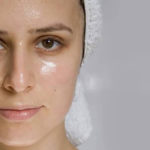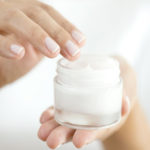For women, the skin often shows signs of aging after the age of 30, and skin cells do not function as effectively as before. Therefore, many women opt for the PRP method to maintain their youthful appearance. So, what should be noted when performing this method? Let’s find out together in the article below.
1. What are autologous stem cells?
Autologous stem cells, also known as the PRP method, is a procedure that uses the patient’s own blood, which is then centrifuged to separate the platelet-rich plasma that is re-injected into the body. This process stimulates skin cell regeneration, promoting the production of new cells and rapid skin recovery thanks to the growth factors present in platelets.
The PRP method is applied in skin rejuvenation treatments such as:
- Helping to address various skin concerns such as acne, pigmentation, and enlarged pores.
- Treating and preventing skin aging and wrinkles.
- Reducing stretch marks and cellulite.
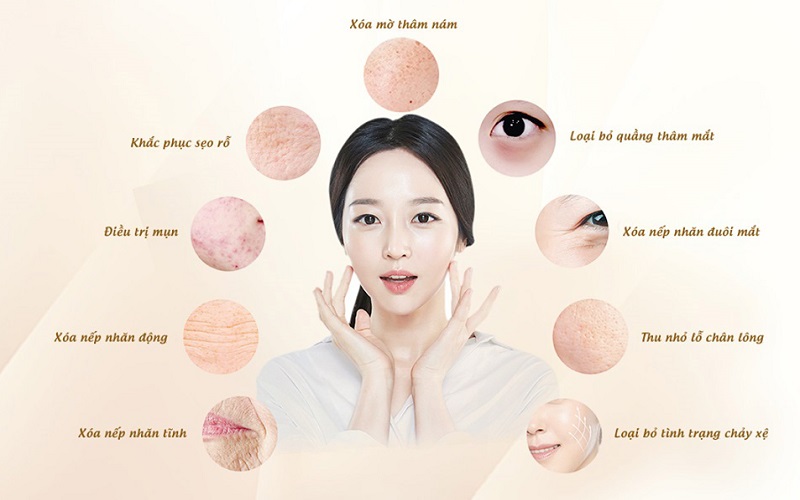 What are autologous stem cells?
What are autologous stem cells?
2. How does the PRP method work?
The PRP method follows these steps:
- Approximately 30ml of blood is drawn from the patient and then processed through a centrifugation procedure to obtain platelet-rich plasma.
- This plasma is then re-injected by the doctor into the target area of the skin, promoting skin recovery and stimulating the production of new cells in damaged areas.
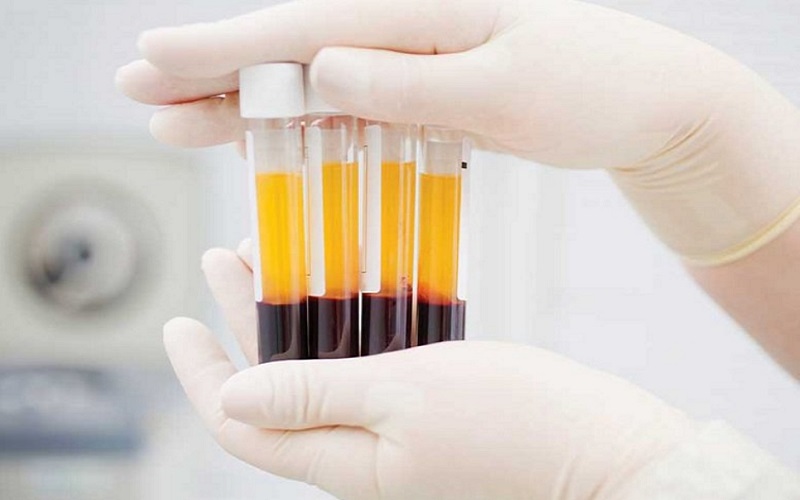 How the PRP method works
How the PRP method works
3. What is the purpose of the PRP method?
The PRP method is applied to treat the following conditions:
- Hair loss: PRP injections into the scalp can effectively prevent hair loss and promote hair growth. Research has also shown that PRP is highly effective in treating androgenic alopecia.
- Tendon injuries: The PRP method is often used by dermatologists to treat chronic tendon conditions.
- Scar treatment: PRP can accelerate wound healing. Platelets contain growth factors that stimulate tissue regeneration and help fill in pitted scars effectively.
- Acute injuries: For athletes who suffer from acute injuries such as hamstring strains or knee sprains, PRP therapy can be an effective treatment option.
- Post-surgical recovery: Doctors often use PRP injections to aid in the healing of torn tendons or ligaments after surgery.
- Osteoarthritis: Injecting PRP into the knees of individuals with osteoarthritis has proven to be a more effective treatment option than injecting hyaluronic acid (a traditional cosmetic procedure).
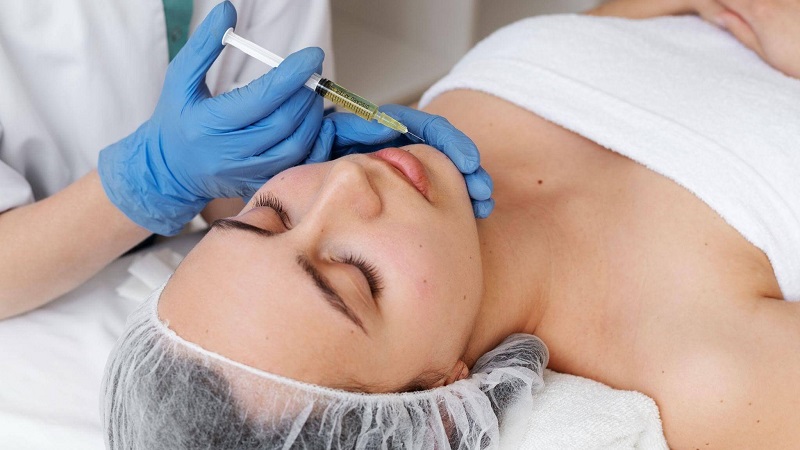 The purpose of the PRP method
The purpose of the PRP method
4. Precautions when performing the PRP method
When undergoing the PRP procedure, it is essential to follow certain precautions to ensure optimal results and minimize potential risks.
Before undergoing the PRP procedure:
- One week before the PRP treatment, discontinue the use of topical medications, cosmetics, or products containing retinoids on the face.
- Refrain from consuming alcohol, smoking, or using stimulants for 2-3 weeks as these substances can reduce the effectiveness of platelet-rich plasma and hinder the process of skin regeneration.
- Get a good night’s sleep before the day of the procedure. This will help the doctor assess and monitor your skin condition during the treatment.
- Inform the doctor of any medical conditions you have or are currently being treated for, such as high blood pressure or diabetes.
- Avoid undergoing the PRP procedure during your menstrual period, and it is recommended to fast for at least 6 hours beforehand.
 Precautions before performing the PRP method
Precautions before performing the PRP method
Skin care after the PRP procedure:
- After the PRP treatment, apply a cold compress with a soft cloth for 24-48 hours.
- Cleanse your face with sterile gauze and physiological saline solution.
- Do not use any cosmetics, cleansers, or moisturizers for at least 7 days after the procedure. After this period, you can gradually introduce mild, non-irritating products.
- Minimize direct exposure to sunlight and dust.
- Stay hydrated and maintain a healthy diet rich in vitamins and minerals. Avoid consuming alcohol and stimulants.
- Follow-up at the treatment facility on the 4th and 7th day after the PRP procedure.
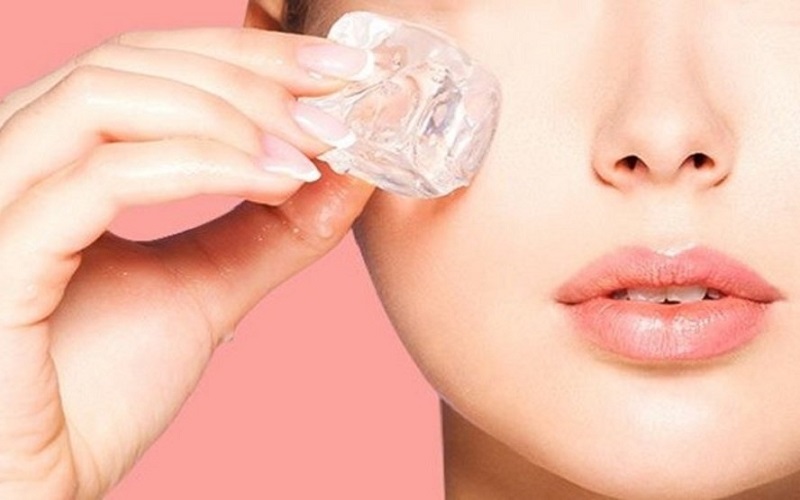 Skin care after the PRP procedure
Skin care after the PRP procedure
5. Frequently Asked Questions about the PRP method
Can I perform the PRP method at home?
No. It is recommended to undergo autologous stem cell therapy at reputable medical facilities or centers to ensure the procedure is performed correctly. Without proper knowledge and training in PRP, attempting this procedure at home can damage your skin and lead to serious consequences such as skin infections, dermatitis, or even sepsis.
How long does it take to recover after the PRP procedure?
For individuals with injuries, experts advise resting after the PRP procedure. However, for those who undergo PRP for cosmetic and skin rejuvenation purposes, normal daily activities can be resumed.
What are the possible side effects of PRP injections?
As PRP involves injecting a substance into the skin, there is a risk of side effects such as infection, pain at the injection site, tissue damage, or nerve injury.
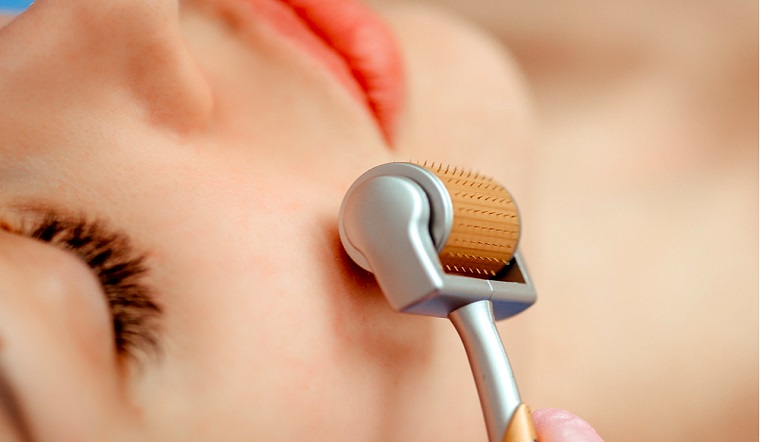 Frequently Asked Questions about the PRP method
Frequently Asked Questions about the PRP method
In this article, we have explored autologous stem cell therapy (the PRP method) and the precautions to take when undergoing this procedure. Hopefully, this information will help you decide whether to choose this method for your skin care routine.



























